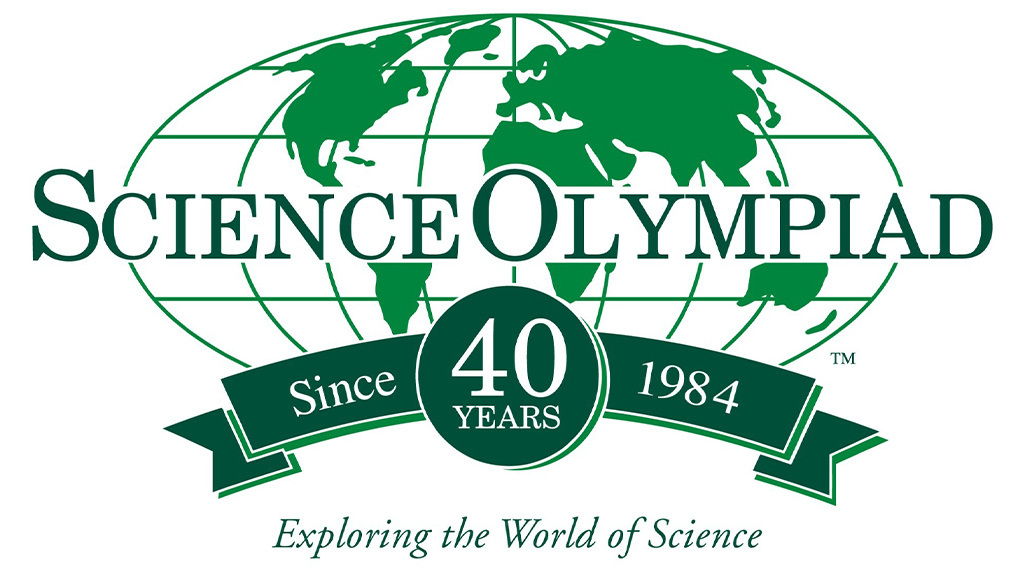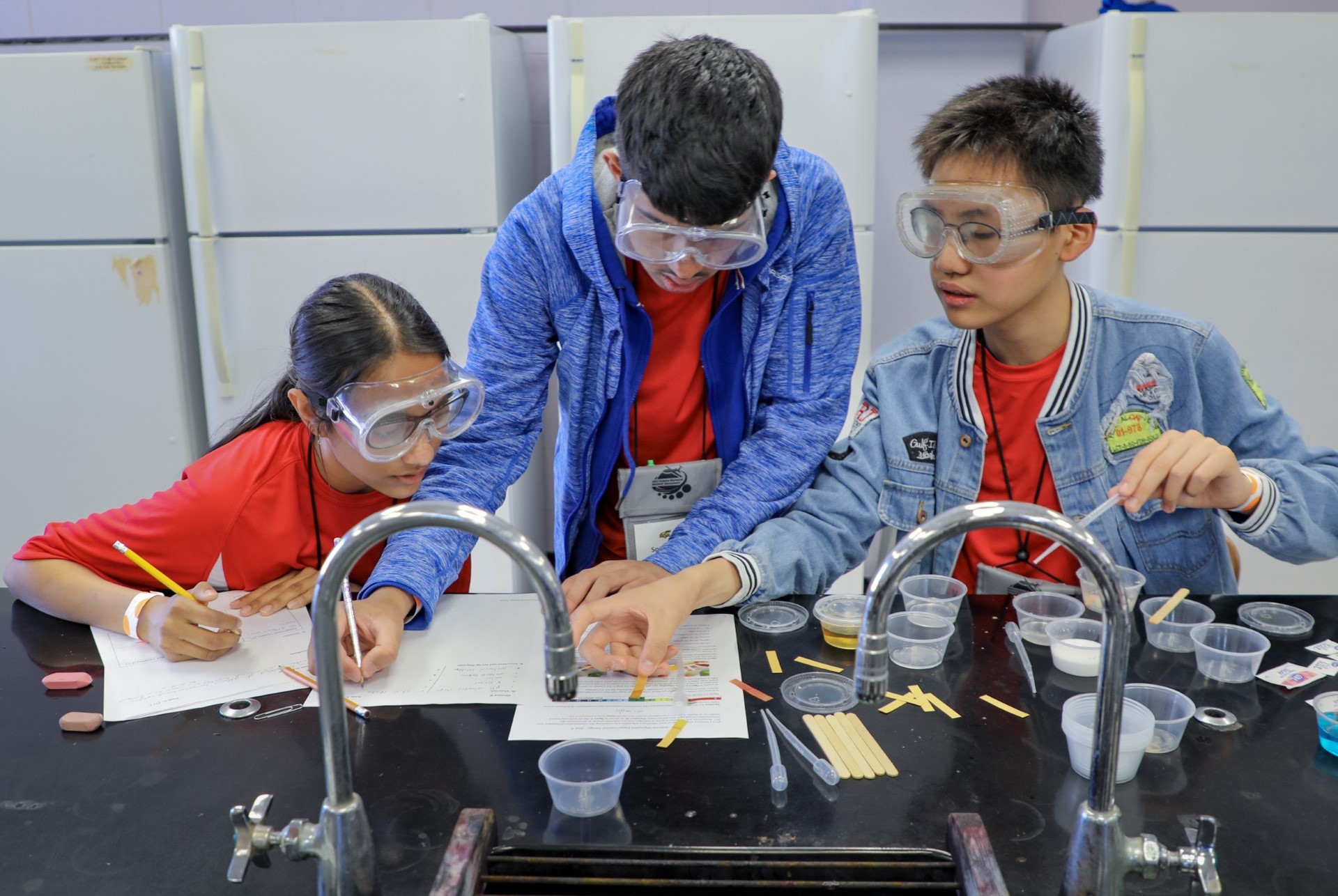Guest Editorial
40 Years of Inspiring Students to Explore STEM: What Has Science Olympiad Learned?
Connected Science Learning September–October 2023 (Volume 5, Issue 5)
By John F. Loehr and Jenny Kopach

In May 2024, Science Olympiad—the largest K–12 team Science, Technology, Engineering and Math (STEM) competitions in the United States—will celebrate the 40th Annual Science Olympiad National Tournament at Michigan State University, a goal that its founders, Dr. Gerard Putz, Sharon Putz, and Jack Cairns could never have imagined when they started the national program out of a basement office in Rochester, Michigan. From its humble beginnings, Science Olympiad grew to a community that now encompasses chapters in every state, more than 400 tournaments a year, 53 college alumni chapters, and a program that serves upwards of a million or more K–12 students annually.
For a view inside how Science Olympiad works, schools form teams of up to 15 students to compete against each other in a series of developmentally appropriate and standards-aligned events. Within each middle school or high school team, students work in pairs to help their team compete in as many of the 23 events and covering a broad range of content. The top teams from each state can earn their way to the annual National Tournament. For elementary student teams, 16 events address four topic areas in a way that meets the wide developmental ranges of this age group. Specific details about the program, the activities, or how to participate can be found at soinc.org.

Science Olympiad’s upcoming 40th anniversary provides motivation to reflect on why its “academic track meet” of classroom activities, hands-on challenges, and advanced topics has been successful. We hope that this reflection reveals a few factors (listed below) that can be applied to any informal program.
- Recognition: Students’ work and efforts are displayed and recognized in a very public fashion. As part of every middle and high school tournament there are at least four events that require a pair of students to build a device to a certain set of specifications. These devices are then tested at the tournament in front of their peers, opponents, friends, and family—making successes and failures extremely public. In addition, every Science Olympiad tournament culminates in an awards ceremony where student pairs receive recognition for their achievement in all of the events. This allows students who competed in less public events to have their efforts acknowledged and celebrated. A school’s overall performance, based on how the student pairs did in each of the tournament’s 23 events, is also recognized in this ceremony. These combined opportunities for work and achievement to be acknowledged helps students become personally invested in learning. Educational research has shown that when students are personally invested in their learning and know it will be recognized, they approach it with a greater degree of diligence and effort (McCombs 2000; Slavin 1996).
- Personal Choice: Students have the autonomy to decide how they want to be involved in the program. With 23 events addressing different content and tasks, students have choice in what they want to learn and do. Some may only want to participate in life science or physics events. Others may only want to build devices like planes and catapults or identify objects like trees and fossils. This opportunity to choose their events and activities motivates students to take ownership and responsibility, which ultimately helps improve their learning (Tai et al. in press; Dolenc, Mitchell, and Tai 2014; Loehr et al. 2012; Tai, Sadler, and Maltese 2007). With every student typically competing in multiple events, each student pair must determine how much time and effort they want to devote to each event. This freedom to establish their degree of commitment to an event by negotiating with their partner enhances their personal connection to the activity and its outcomes (Ito et al. 2010).
- Peer and Professional Networks: Students’ passion and interest in topics is recognized and celebrated by both their peers and STEM professionals. Science Olympiad brings people together to celebrate their passion for and interest in STEM. This is best reflected by the words of a Science Olympiad student who was a junior from a large high school. When asked what she liked the most about her first Science Olympiad season, she replied “…that until I became involved in Science Olympiad I didn’t know that other students in my school liked science as much as I did.” This sense of belonging is further enhanced by the STEM professionals who mentor and support students participating in Science Olympiad as coaches for teams or by volunteering at tournaments and workshops.
- Responsiveness: The 23-event structure gives Science Olympiad the flexibility to adapt to changing interests, circumstances, and needs. An examination of the events offered at the first National Tournament compared to those at the 40th shows a very different slate. At the very first National Tournament, events addressed content such as the metric system, orienteering, and computer programming in Basic. Today, those events have been replaced by robots, epidemiology and public health, ciphers and cryptography, and criminal forensics. Adjusting and adapting content and approaches of events over time means that even perennial topics like anatomy and physiology, fossils, and chemistry lab stay relevant and engaging to students and STEM professionals throughout the years.
Reflecting on the factors responsible for Science Olympiad’s lasting legacy in the STEM informal education space—recognition, personal choice, peer and professional networks, responsiveness—it is not surprising that we are embarking on its 40th anniversary. Lastly, it is important to note that nothing would have been possible without the national network of people who love Science Olympiad and have dedicated their time—and in some cases their entire careers—to giving students the opportunity to engage in and explore STEM. Let’s also take a moment to appreciate the foundation that was created by these dedicated individuals.
John F. Loehr, PhD, is Vice President of STEM Education, Science Olympiad, in Oakbrook Terrace, Illinois; jfloehr@soinc.org. Jenny Kopach, is Chief Executive Officer and Senior Vice President of Marketing Communications, Science Olympiad, in Oakbrook Terrace, Illinois jkopach@soinc.org.
Assessment Interdisciplinary STEM Teaching Strategies Informal Education


